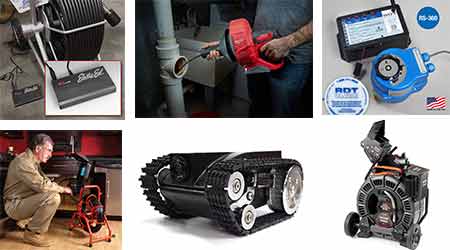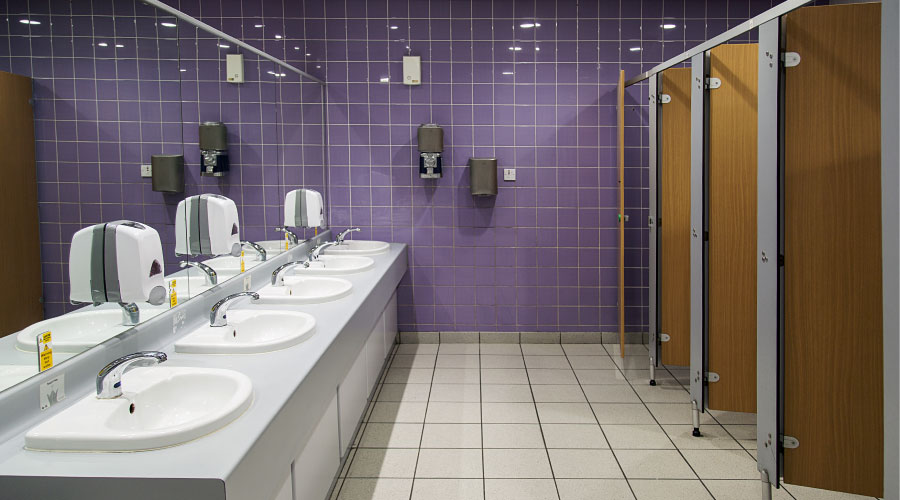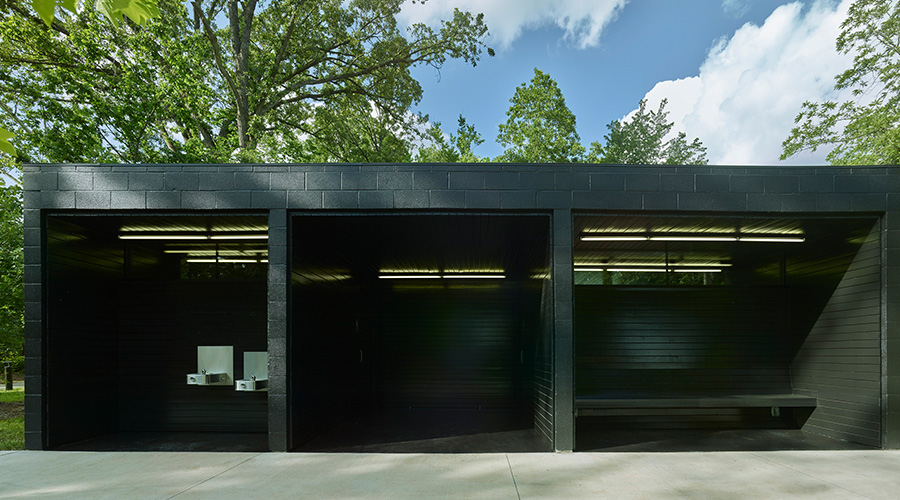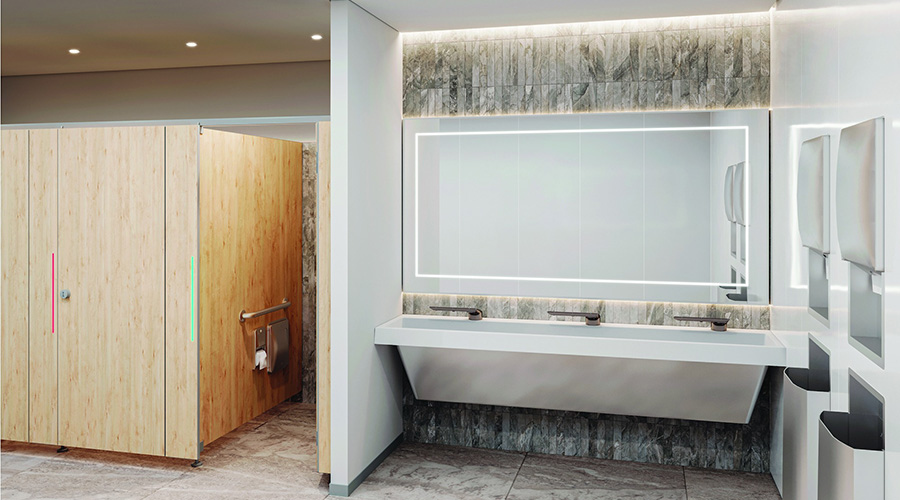Drain Cleaning Tools of the Trade
Part two of a four-part article on drain cleaning
Tools of the trade
Timely PM, including inspection, cleaning, and replacement of worn parts, will proceed more smoothly if technicians use the most appropriate tools. Using these tools improves system reliability and conserves water and chemicals.
Important tools for inspection include inline cameras with monitors for instant feedback, disk space for video storage, and an internet connection for transferring data in real time to management and parts stores. When conducting inspections, technicians can use inline flow meters to monitor key areas of the system to aid in leak detection.
They also should conduct visual inspections, clean steam trap screens, and replace worn trap screens to keep foreign materials out of traps. Visual inspections of steam traps can reveal excess condensate leaks and prompt the replacement of worn buckets, flappers, and thermal sensors.
Technicians can effectively remove blockages from drains age by using such tools as rodders, water jetters and rams, and snakes. Manual and power rodders come with a variety of attachments, to suit the diameter of the drain, length, and type of blockage. Screw or grip attachments enable technicians to grab remove blockages, such as food, toys, jewelry, paper, and sanitary products.
Old, underground drains can be difficult for technicians to locate. Locator tools and sondes enable technicians to find the drain piping route and determine its depth and path, even with non-metallic piping so they can dig at the right spot. They also can use locators to find and avoid damage to nearby underground electrical, gas and water utilities.
Water jetters are most effective against soft blockages, such as soap, grease, hair, and light solids. The technicians feed the jetter into the drain manually or use the water stream through reverse jets in the nozzle to force it through the pipe and through forward jets to flush the drain walls clean. A water ram uses a hand pump with a gage to compress air to 5 psi. A trigger releases a shock wave through the water behind a clog, between a trap and vent, to clear the clog.
Manual and power snakes are effective for cleaning small traps and drains up to a distance of about 25 feet. A drill motor attached to ¼-inch cable can power the snake 100 feet into small lines if the feed is gradual and not forced.
Power-drum and sectional cable rodders come in a range of diameters and lengths to enable technicians to clean any combination of large-diameter pipes, as well as longer laterals, verticals, collectors, and straight sewer lines. Power rodders also can accommodate accessories and attachments to help technicians deal with any type of blockage. Straight sectional cables rotate faster for heavy-duty cleaning of straight drain runs.
Technicians can use offset, end, straight, and quick-grip wrenches designed for tight spaces in order to disassemble flanges, unions, cleanout plugs, and traps.
A compound leverage wrench multiplies turning force on couplings, plugs and ground-joint unions that have become frozen. Applying spray-on liquid wrench and using a longer wrench handle also can save time and reduce the force necessary to loosen large or frozen fittings. Steam fittings are much easier to remove if they were assembled using a high-temperature, steam-fitting sealant to prevent seizing.
Related Topics:















